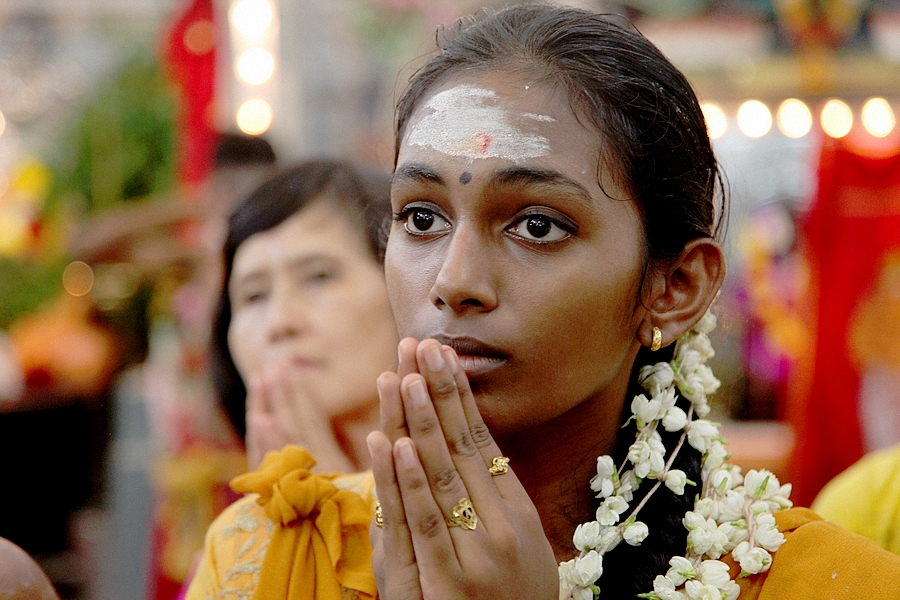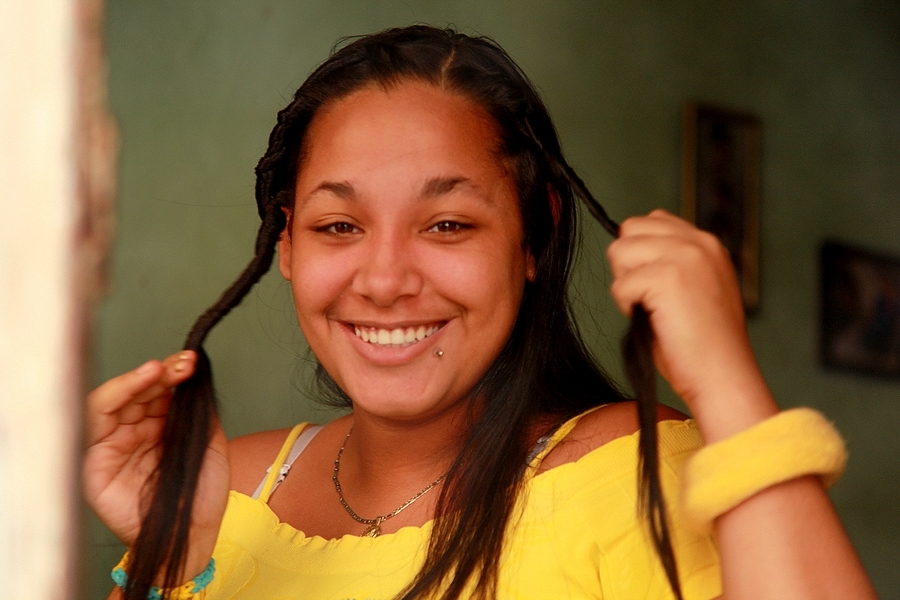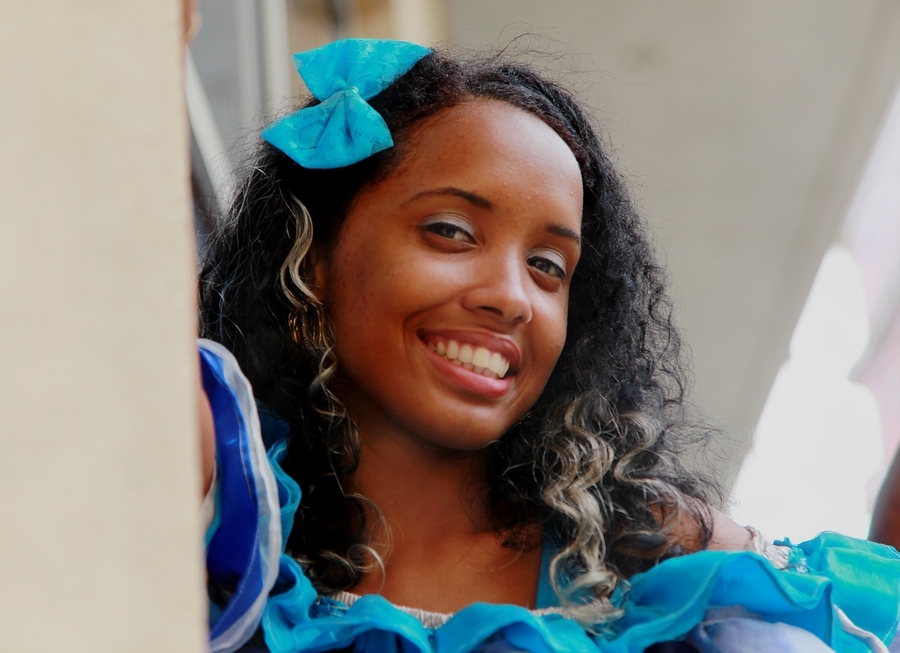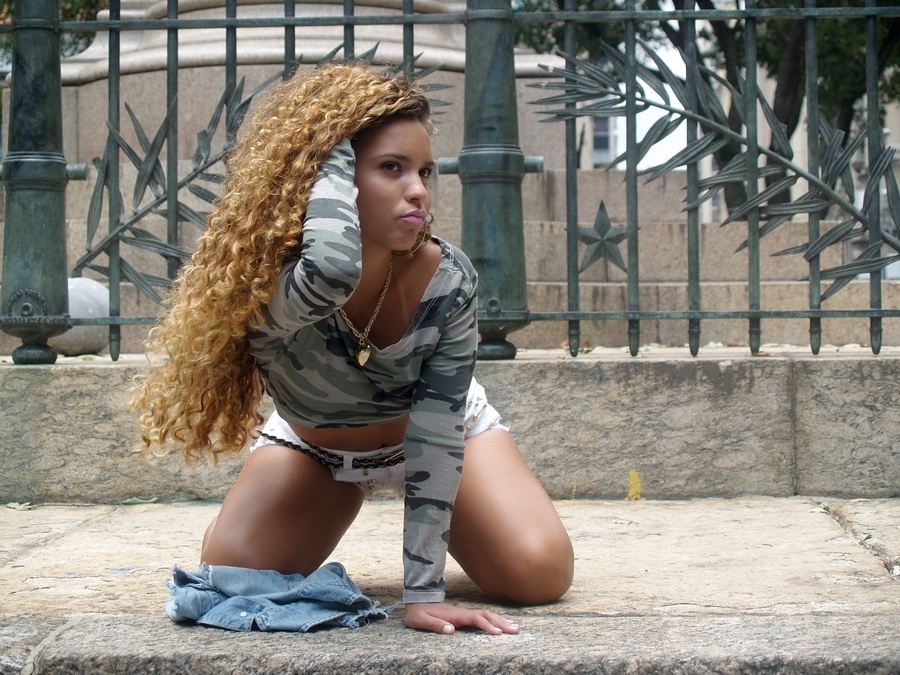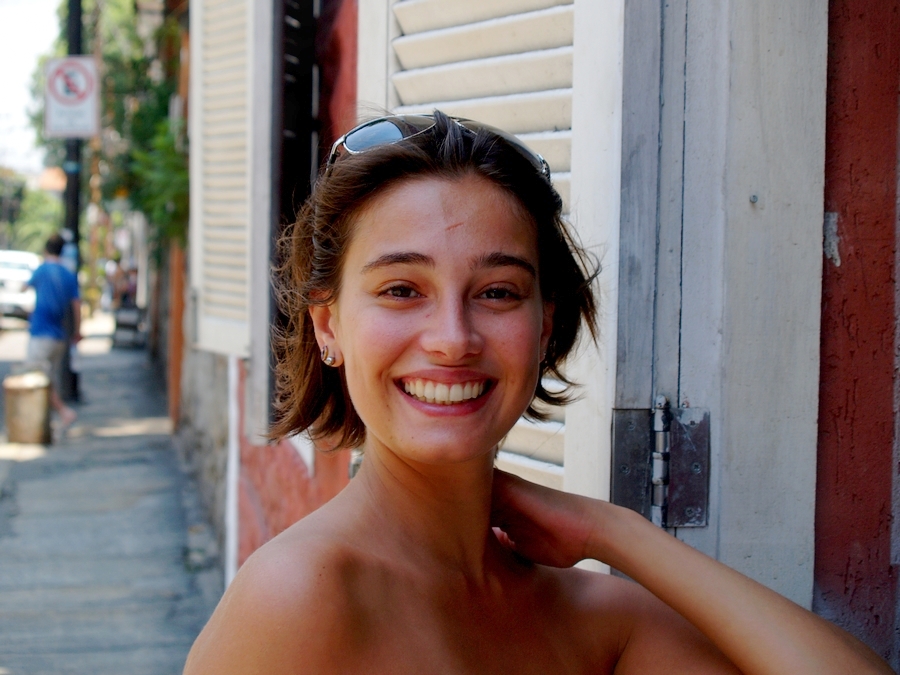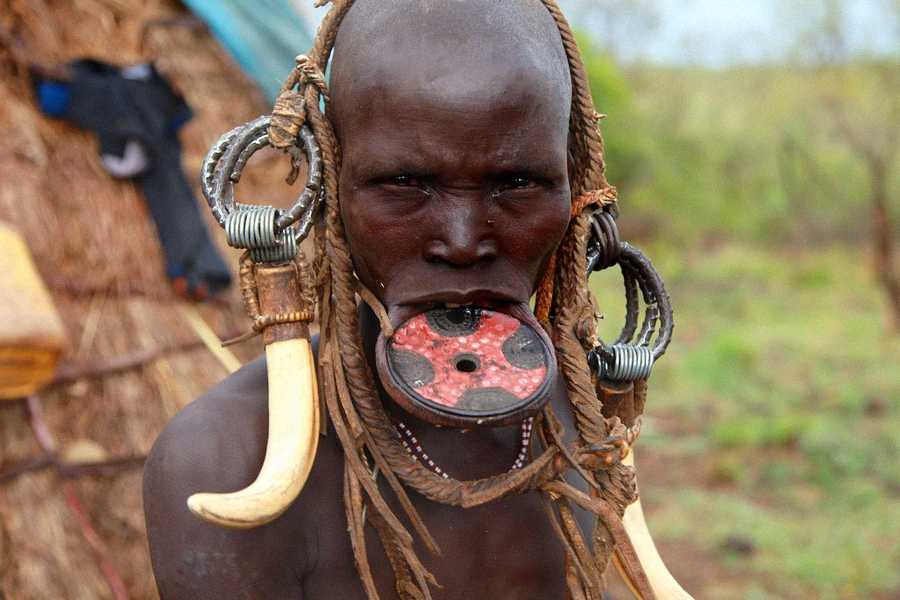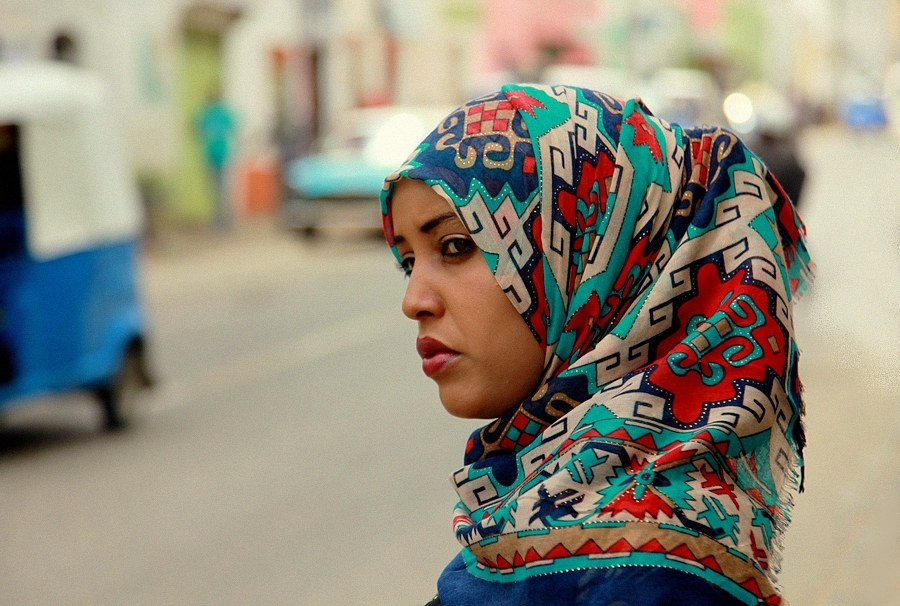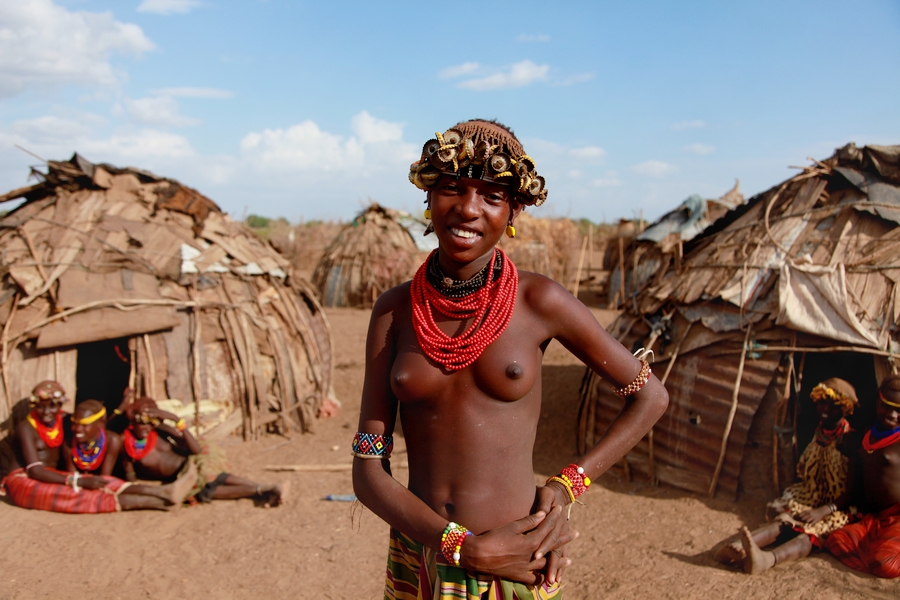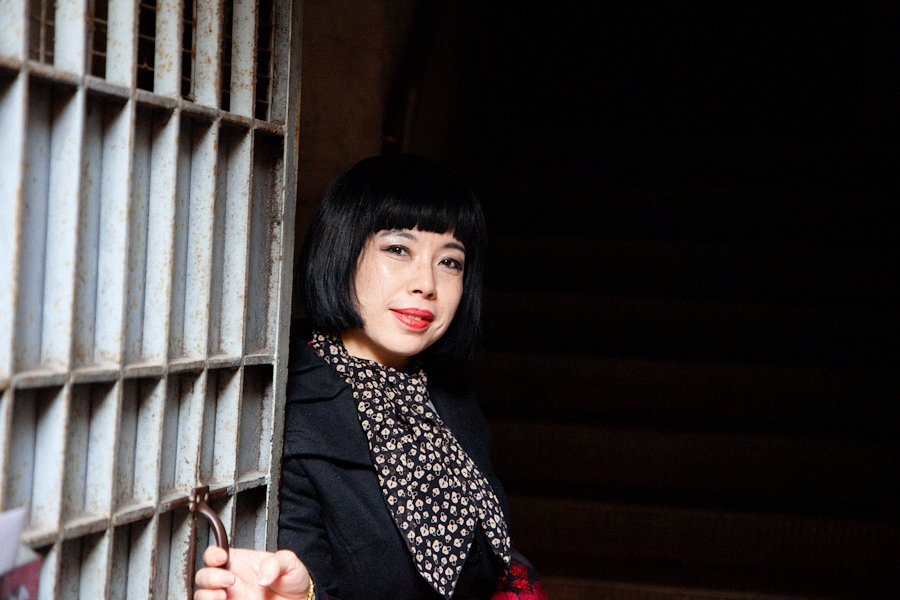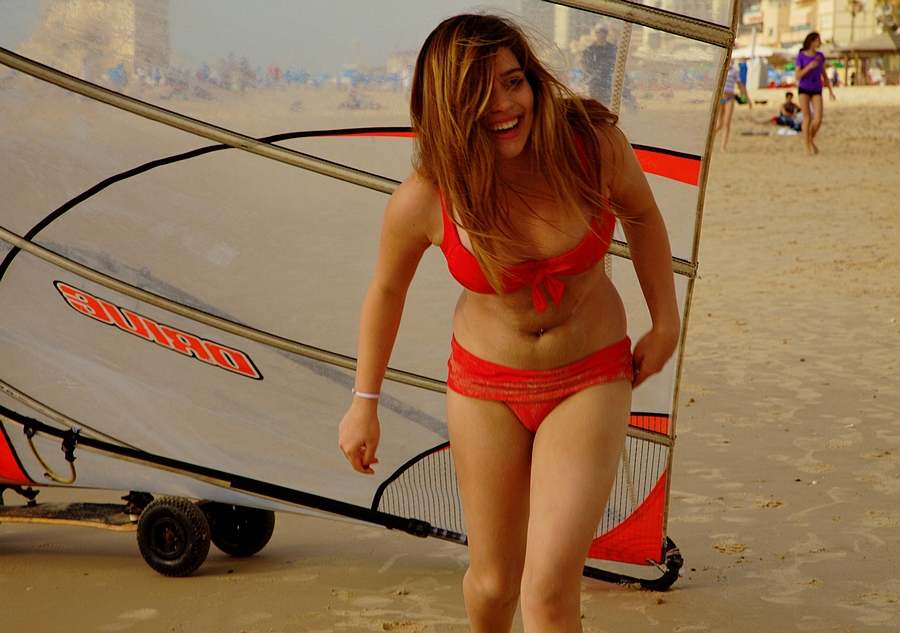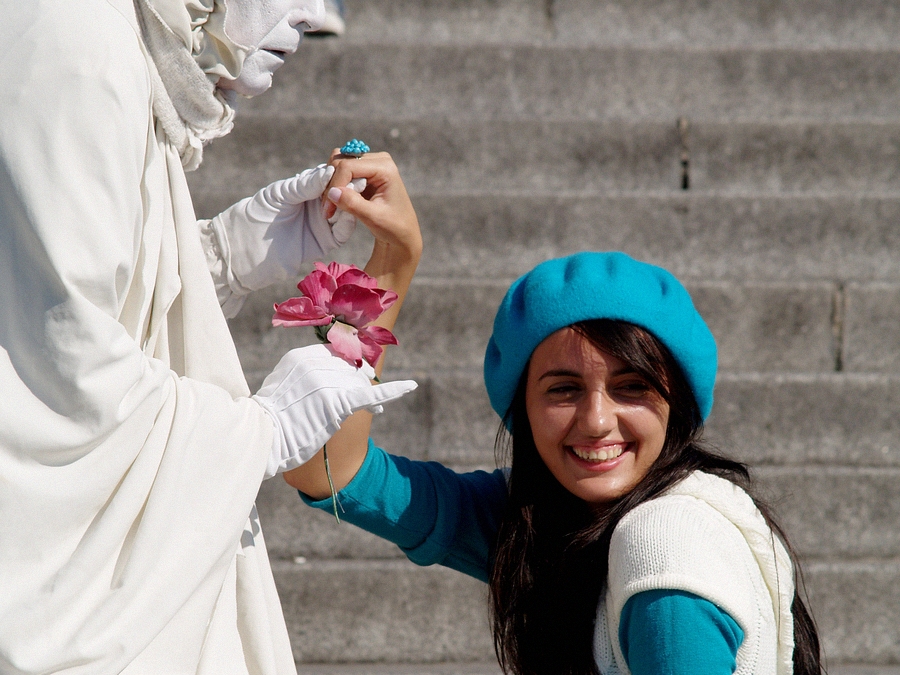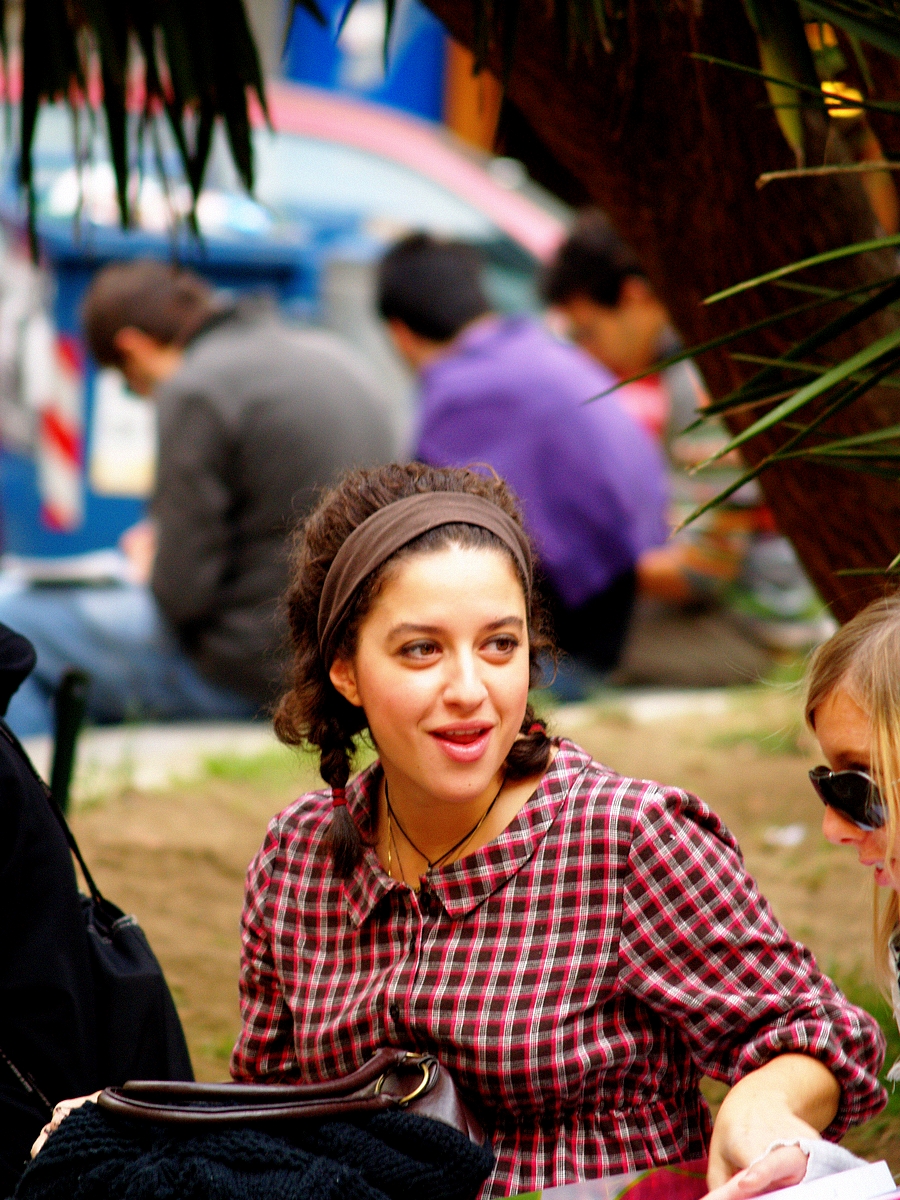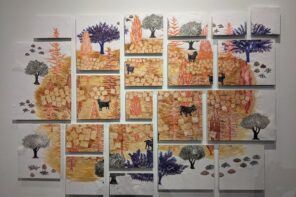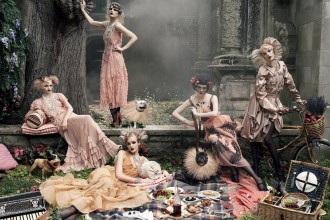In Search of Beauty: Michal Josephy
Photographs by Michal Josephy
[dropcap letter=”S”]ince the dawn of time, as we’ve evolved as a species, beauty is always something we are drawn to. It shapes the way we view aesthetics, molds the fashion industry, dominates the world of skincare and anti-aging remedies, and quite honestly, is present in everything from design to architecture to food and hospitality. That said the emphasis on beauty is far more transparent and because of that, the search what the word “beauty” actually means – literally, figuratively and emotionally – is a daunting quest.
beau·ty | byo͞odē/
noun
1. a combination of qualities, such as shape, color, or form, that pleases the aesthetic senses, especially the sight.
2. a beautiful or pleasing thing or person, in particular
Beauty is something we are all hyperaware of and can all relate to: its ever-evolving definition often relies on the premise of what’s trending at the moment but it’s form and definition has changed drastically over the course of history which makes it a fascinating topic! Beauty impacts the way we see everything, whether we realize it or not. The word itself invokes a certain level of anxiety as well as excitement because, “beautiful” is seemingly indefinable.
How do we sum up just what beauty is? Is it based on cultural influence? Traditional familial values? What we see in magazines? In Movies or TV? In truth, the notion of beauty isn’t quite as easily summarized. I feel like we are only tapping the surface of how beauty is perceived and so, since I was curious about the cultural ramifications of how beauty is perceived in different parts of the world, I reached out to someone I knew would be able to help me, Doctor of Anthropology, Michal Josephy. Michal not only holds a PhD in anthropology but he also happens to be a photojournalist whose work has appeared in globally notable publications, including National Geographic. His work is influential as is his continued pursuit of understanding humanity. Below is our interview discussing some of his recent travels, his scientific approach to what beauty means, and a few curious questions to help me wrap my head around what the term, “B-E-A-U-T-I-F-U-L” can mean from a purely anthropological approach.
In various parts of the world, the idea of beauty drastically differs. From the runways, celebrity icons, to indigenous tribes utilizing their body as a springboard for art and cultural beauty, there is a striking misconception of what the word means. So, that said, as an Anthropologist, what does beauty mean to you? What is beautiful?
Well, as an anthropologist I do see beauty not only in the eye of beholder, but as a deeper, more evolved underpinning in our minds as well. Speaking in general terms, beauty could be considered as a quintessence of qualities that delight senses, please the mind and draw attention:
Harmony in music, symmetry of face, bright colors, golden ratio in picture, novelty, etc.

Kinder schema and beauty of the Argobba girl, Ethiopia
From an evolutionary point of view, beauty is functionally designed. The sense of beauty“ by way of aesthetic appreciation is not learned by an individual but rather a universal, biological adaptation shaped by sexual selection. Even in the animal kingdom, the process of selection can be seen as “Survival of the Prettiest”. For example, a colorful, extravagant, ornamented peacock´s tail is the result of this process of selected visual signals and patterns that were preffered and desired during evolution. With regard to humans, man appreciates a certain woman based on proportions of waist to hips, subconsciously utilizing those traits as the art master if you will. These subliminal messages of hormone scuplting and “Kindchenschema“ send certain signals to the males. Like a woman with a “cute” baby face, her “look” somehow sends subconscious signals to the male that she has nurturing features associated with youth and fertility whereas the physical aspects of her prominent cheek bones and concave cheeks assure signs of maturity.
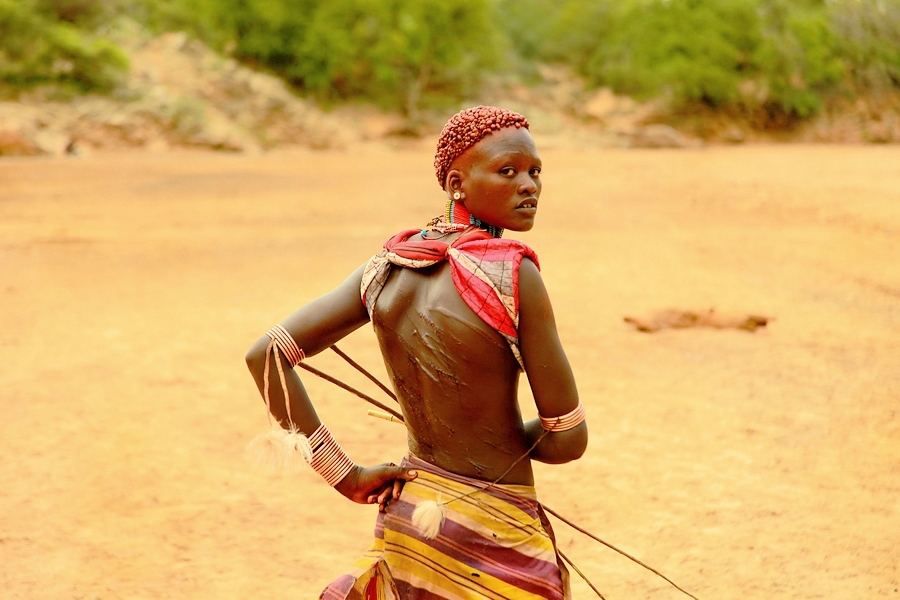
Hamar tribe girl: scars from ritual beating as the signs of beauty
You can see this for example in faces of “supermodels” like Kate Moss. Neverthelless, as you’ve said, there are differenes across a spectrum of cultures that influence the appreciation of particular traits of beauty. The cultural spectrums can be significantly different, even between euroamerican and traditional societies as you can see in the picture of the Hamar tribe or Mursí from Omo River Valley (Ethiopia). It’s interesting because the human “sense of beauty” is definitely more complex and depends on the cultural background and historical story. No matter where the appreciation comes from, I think what matters is that we value and appreciate the art of beauty.
I would like you to tell me what you believe is the polarizing difference between “Hollywood” beauty and natural beauty…
When it comes to beauty as a part of the fashion industry and so-called “celebrity culture”, we have to recognize that beauty’s “form” is deliberately constructed and created. Beauty ideals swing and change rapidly. While designers might put together a look that is observed as classic or retro and obviously, appealing to the masses, the way the fashion world works, it is all very calculated and masquerades as a cover for a clever marketing campaign to promote a new “look” or implement an emerging “trend”. In this framework, the sheer beauty in terms of design, has to be put on a socially superior pedestal because it has to promote an idea of success or an impending ideal but the hardest thing about this is, this look is almost impossible for someone who isn’t a “model” or “celebrity” to achieve. In essence, what has happened is that this ideal of beauty makes it almost as if there is a continual race to perfection, so at the moment when someone thinks they’ve achieved what’s perceived as beautiful, in a blink of an eye, there is a contrasting idea of beauty that comes out making the previous “look” no longer socially valid.
Everyone wants to be what they aren’t. Literally, Brazillian mulatas want to be pale – skinny, busty blondes and Nordic girls crave to have dark chocolate skin and sultry bottom lines. That´s how it works: Seemingly impossible to be satisfied with beauty for even the trend makers themselves. That said, because of that, there will always be a need for constant change and contradicting perceptions.
[separator type=”thin”][separator type=”thin”]
The last place you visited was Cuba. Did you see some significant differences in how they perceived beauty, especially since the culture has been so tailor-made by the influence of government?
Yes. I think the best way to answer that is to compare Cuba to Brazil; two cultural areas of Latin America where different Romance Languages are spoken. Years ago, they were historically divided between Spanish and Portuguese maritime and colonial empires. Both latino cultures have “mulatas” which is a popular culture of celebrated somatotypes of sensual, erotic and sultry, exotic women as a product of unique “café con leche“ or “café com leite” which is a blend of contrasting human skin colors. The difference is created by distinctive settings of cultural boundaries in front of the effects of globalization.
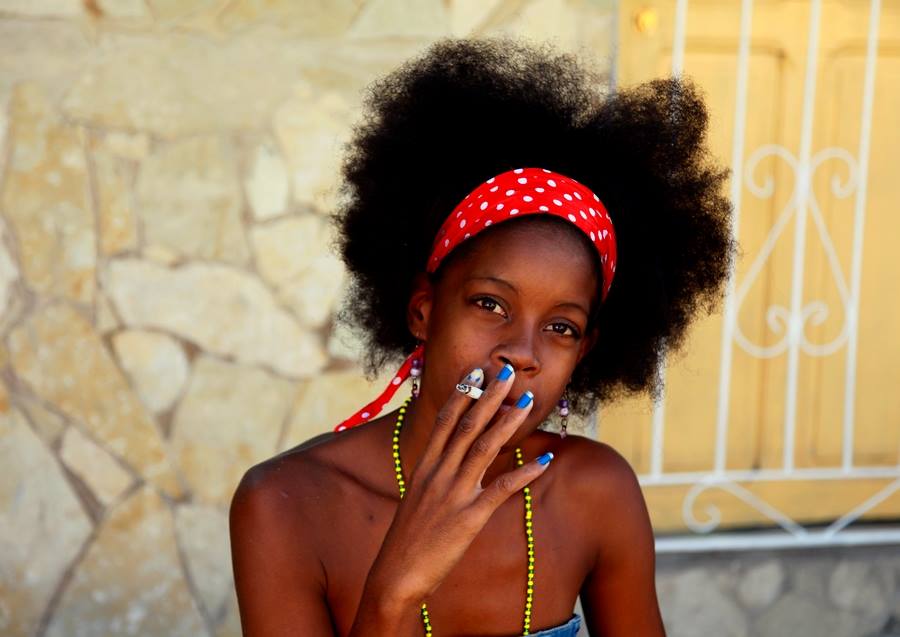
Cuban mulata
Cuba is a communist country, an island that was politically, economicaly and culturally isolated from the USA for half a century and relationships with EU are affected in the longterm as a process of transition to a pluralist democracy and respect for human rights and fundamental freedoms. Within this environment it isn’t possible to spread euroamerican trends of beauty or fashion so the Cuban mulatta have a rather pre-Revolutionary feel. In contrast, Brazilian mulattas are strongly affected with so called “nordization”, which is the transition towards northern European or American fair-featured, porcelain-like coloring of women (i.e., Gisele Bündchen). In addition, this can also be seen within the transgender community with models like Lea T being introduced to the world of modeling and fashion. In contrast, Euroamerican celebrity culture seem to be obsessed by far more voluptuous women with overemphasized traits like larger buttocks. Trends of beauty are quickly changing, not quite as fast as fashion, but what is perceived as beautiful now, could be considered ugly after a while. This singular contrasting idea is ever changing.
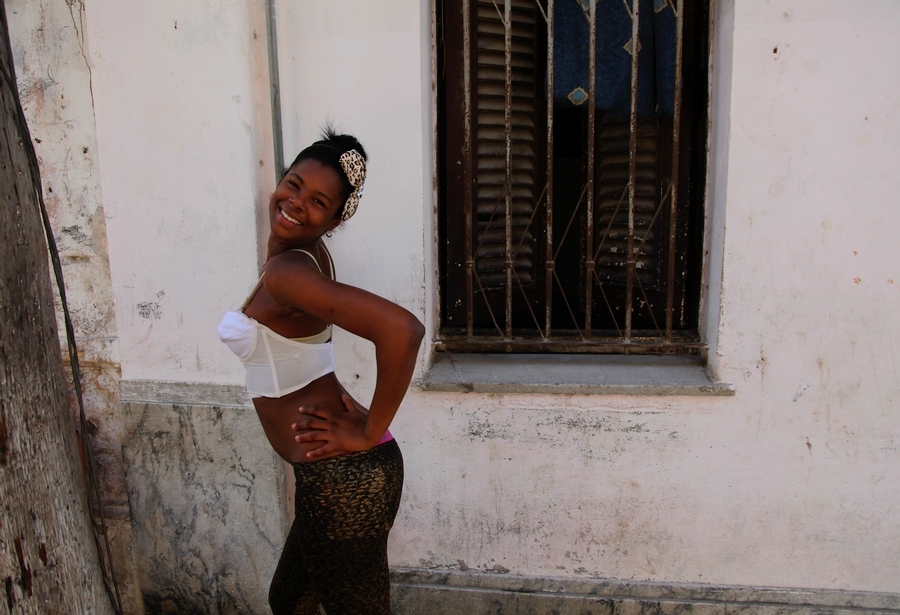
Art is an integral part of Cuban history. Recently, for the first time ever, 3 Cuban Artists did an Exhibition in Los Angeles (Alan Manual González, Darwin Estacio Martinez, and Luis Rodriguez NOA). Do you believe that Cuban artists are finally able to express the love and beauty they need in order to create?
Cuban art is very interesting, but that’s a complicated question, especially with regard to artistic freedoms or saying that artists struggle to create “real art“. I was thinking about that during my stay and maybe I’ve found the answer in the book, “The Daily Nothingness (La nada cotidiana)” by Zoé Valdés. It´s a critical portrayal of life in Cuba during the post–Soviet era but fails to construct a utopian socialist paradise. She writes about extreme economic problems, scarcity of food, basic hygienic needs, power blackouts, and her life that was a daily emptiness and nothingless. The way the outer coping strategy was to create, not only in terms of sex and procreation, but in writing and creating something meaningful out of a sense of nothingness. I think that is the purest form of art, creatio ex nihilo as the phrase goes in Latin, and the essence of Cuban art. It often celebrates daily, casual things, nature and elements like water, rivers and the sea that are interwined with Ochun and Yemayá, the most worhsipped Orishas of Santeriá syncretic religion; Not even really iconographically, but rather the story of creation of the world. That is a beautiful story in and of itself.
As a country once forced to stop time, now that Cuba begins to rise from the ashes and take hold of it’s roots in a more progressive way, what are some of the ways the people of Cuba are creating opportunity?
TOURISM | EROTICISM | TOBACCO | ART | MUSIC | DANCE.
I have to begin with Columbus’ depiction of Cuba (probably the bay of Baracoa or Gibara) in his diaries of New World´s from 1942 depicting it as a paradise:
“It´s the most beautiful place in the world … I heard the birds sing that they will never ever leave this place …”
Initially, it was first a concept of “natural paradise“ and then a utopistic attempt to construct a socialistic paradise, and lastly, with the oppressive nature no longer, we see a “touristic paradise“ that functionally unifies all 3 ideals. In Cuba, the rules in place come from a different time – stuck in a set place in time – so you can enjoy old American cars, music from the Buena Vista Social Club, beautiful and in-tact nature, as well as an idealized world that hails from revolutionary or pre–revolutionary times.
In the context of mentioned mulattas, their bodies, symbolize the Cuban imaginings of a nation and are celebrated in Tropicana cabaret shows in the glittering excess of eroticism, luxury and wealth. After all, from this version of female idealization, these women were essentially on the black market selling open–ended love, the economy of relationships to foreign/tourists, sexualized and commercialized to varying degrees. “Jineteras” (companions) do not distinguish rigorously between business and emotion or love and relationships “por amor” or “por interés” so these interactions might begin as a service or friendship and can continue into liason, love, or even marriage.
What I really admire – when we talk about art, beauty and aesthetics is the way Cuban women move and dance. It´s unbelievable: they have to embody superior dance skills of Ochun. I was fascinated by vivacious but gentle body waves used in son, rumba or salsa and didn’t know why until I read that the way they move, in that indescribable wave that Cuban dance has often been considered to be the model or most widely accepted form of beauty.

Orisha Yemayá
So with everywhere you’ve been and all of the cultures you’ve photographed and experienced, what is your overall take?
When I think about beauty on the whole, I´m pretty convinced that our “sixth sense“, the “sense of beauty” is the quintessential pattern that connects all living beings and provides the key social – psychological “glue” that binds together the disparate and even chaotic experiences of human life. Without the capability to feel beauty and to gain a pleasure from it, life seems totally anhedonic, meaningless and almost unbearable. We all know those unpleasant states of mind, but they are normally transitory …
I did a case study on Major Depression and one of its main symptoms, anhedonia, it stemmed principally from aesthetics. As a result the sense of beauty and sensual delights, well, the pleasures are disconnected from the mind which creates persistently ugly, rough and dreadful living conditions. Imagine that happening in your thoughts and that’s basically the degradation of an individual’s perception of beauty …
Beauty is something often labeled by physical attributes and a subconscious programming by societal standards but in truth, beauty is not defined by a culture but rather an individual. Thank you to Dr. Michal Josephy for sharing your insight and research.
In a world that tends to live on the surface, this is certainly a more intellectual look at exactly what “beautiful” means.
For more on Michal Josephy, visit: www.michaljosephy.com | Twitter | Facebook
[separator type=”thick”]ABOUT MICHAL JOSEPHY
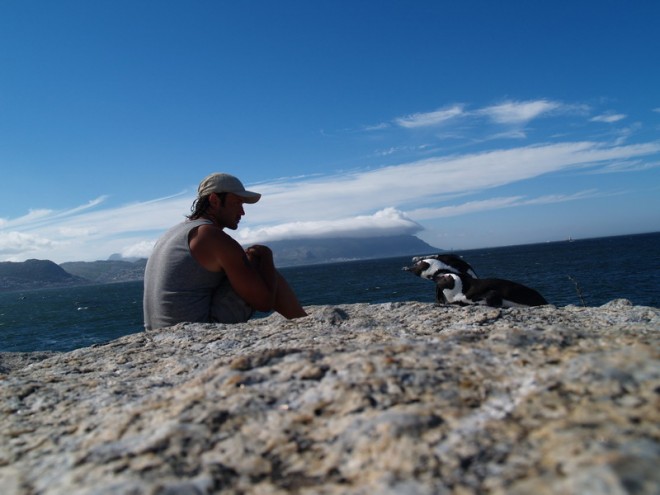
Michal Josephy, Ph.D. Anthropologist, travel photo/reporter and science journalist. As an anthropologist, he focuses on anthropology of supermodernity, especially on the body, fashion, popular and visual culture, aesthetics of every day life and evolutionary psychology, psychiatry and human ethology. As a photographer, he is interested in street, portraiture, humanitarian and documentary photography, with an intention to portray everyday life, social and cultural issues. His articles and photographs have appeared in numerous Czech and international magazines including National Geographic, Geo, Travel Service Magazine, ELLE, Vogue, Lidé a Země, Instinkt, Koktejl, Lidové noviny, MF DNES.He has also participated in visual communication projects of UNICEF Mozambique and Phare Ponleu Selpak, Cambodia. He is the Gold Award winner of Prix de la Photographie Paris and other international photo competitions. MJ is currently based in Prague, but is available for work internationally.

